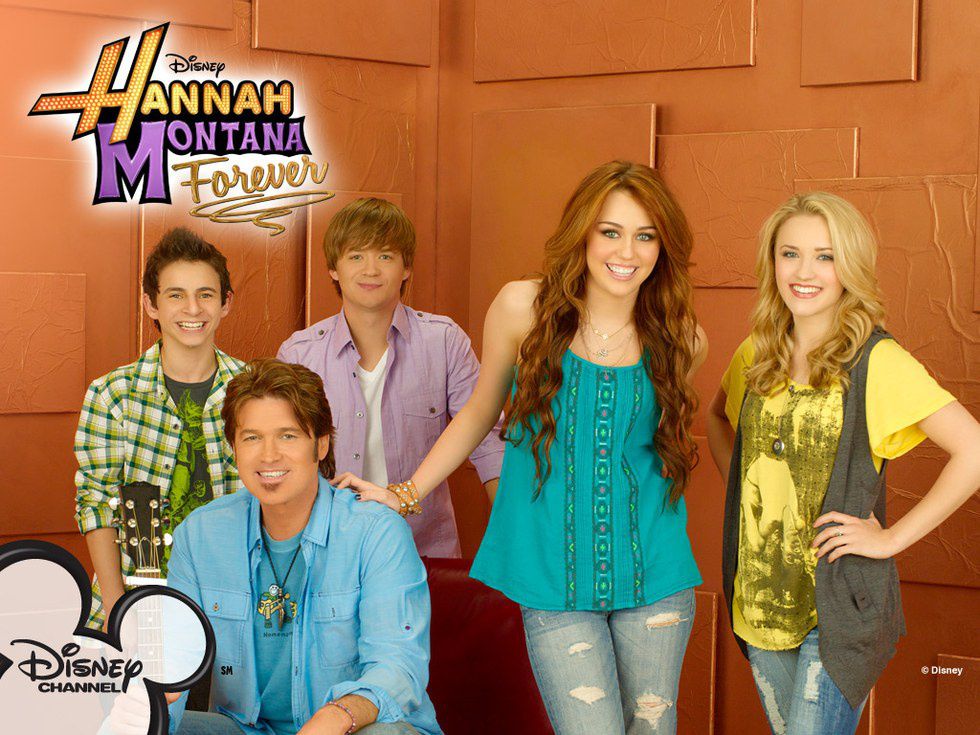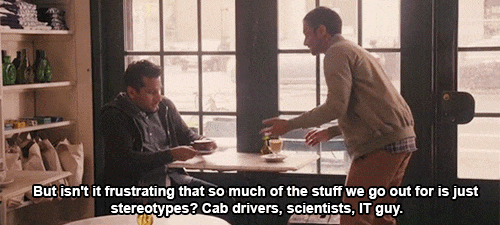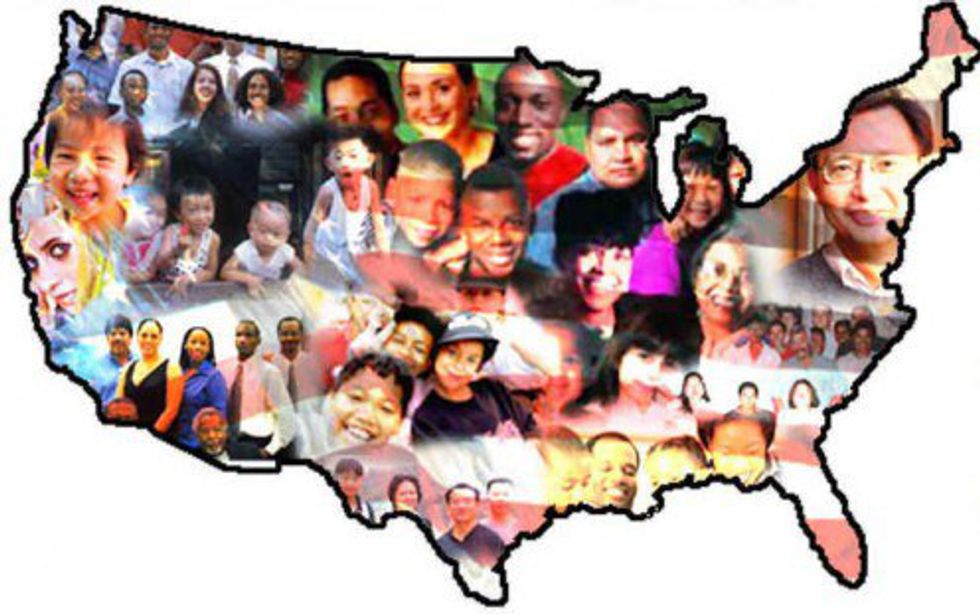This year Netflix will release sixteen new original shows and movies. Last year, Netflix started their partnership with Marvel by releasing "Daredevil" and "Jessica Jones." As exciting as those shows are, the real winner to close out Netflix 2015 original series was Aziz Ansari’s "Master of None." The show follows Dev, played by Ansari, as he goes through life in New York City. The first episode gave me the impression that the show would be like a male version of HBO’s "Girls" that did not tackle the issues such as race, but the second episode gave me a new impression. While the first episode is about the possibility of becoming a parent, the second episode discusses the immigration of Dev and his Asian friend Brian's parents. I really enjoyed this episode because I got to see flashbacks of the parents’ lives in their original countries (India and China) as well as the sacrifices that the parents made in order to give their children a better life. By the end of the episode, Dev and Brian want to know more about their parents’ past.
The episode that struck me the most is episode four titled “Indians on TV.” In this episode, Dev and his friend Ravi audition for a role of a cab driver. During Ravi’s audition, he has an “Indian accent.” When he leaves the audition room he greets Dev in an American accent. Dev goes in for his audition. He acts the scene out in his American accent, being that he was born in America. The casting director asks him to do an accent and Dev replies by saying no. The director basically tells him that he will not get the job because he will not do the accent. Dev later goes to another audition for a new TV pilot. Ravi also auditions for a role. Hours after auditioning, Dev gets an email in which the executives of the TV network discuss who they want for the roles. All the executives love Dev and Ravi, but they don’t believe that there can be “Two Indians on TV.”
Having received this email accidently, the CEO of the network invites Dev out for a night so that he sees that he is not a racist. My favorite part of this episode is a conversation between Dev and Ravi. Dev talks about how black people are just getting to the point where three black people can be on a television show. Dev also blows Ravi’s mind by telling him that the Indian character in "Short Circuit 2" is actually a white guy in brown face. In this conversation, the hilarious punchline “Is Mindy Kaling real?” is said. After hearing that, Ravi decides to stop doing the “Indian accent.” After watching the episode, I started to think about diversity in the visual media industry.
Why is there a lack of diversity in the visual media industry? Why can there never be “two African Americas, Asians, Indians, etc.?” Even when minorities are represented it is always a stereotypical representation. For example, Jet Li is always fighting in his movies to represent the warrior/ninja stereotype of Asians. Typically, there is a token black actor who is the sidekick to the lead white actor. Disney Channel is a good example of a network that presents a structure cast in all of their shows from the past to the present. For example, Hannah Montana stars a white actress with two white friends. The two black actors are only features on the show every few episodes. By the second season, a Hispanic actor becomes a series regular, but even then he is not in every episode.
The problem in America’s media is false representation and a lack of representation. African Americans in the media are portrayed as athletes, gangsters, drug dealers, high school drop outs, etc. Hispanics/Latinos are portrayed as gangsters, maids, immigrants, construction workers, etc. When Indians or Arabians are portrayed it is always as scientist, cab drivers, or as gas station/drug store owners/workers. Children of those race/ethnic backgrounds are not presented with role models. Those children are only presented with stereotypes and this sometimes defines their future.
If television and film are supposed to reflect real life, real American life, shouldn’t there be more diversity within visual media? Networks like Netflix with "Master of None," ABC with "Fresh Off the Boat" and the shows created by Shonda Rimes, Hulu with "The Mindy Project," and The CW with "Jane the Virgin," are making moves to include multiple minorities in positive lights and in leading roles.
Being that Aziz Ansari’s character Dev is an actor, this helps "Master of None" tackle issues of diversity within visual media. When TV executives watch "Master of None" they should take from it that more minorities need to be represented on television and in films. They should understand that two or more Indians, African Americans, Hispanics, Asians, etc. does not make a show an “Indian/black/Hispanic/Asian” show; including a diverse cast realistically portrays America. Maybe then we will not have an #OscarsSoWhite problem or be surprised that people of color are nominated/won a Golden Globe or Emmy because there will be plenty of films and shows out that depict the experience of many different groups and backgrounds.





























